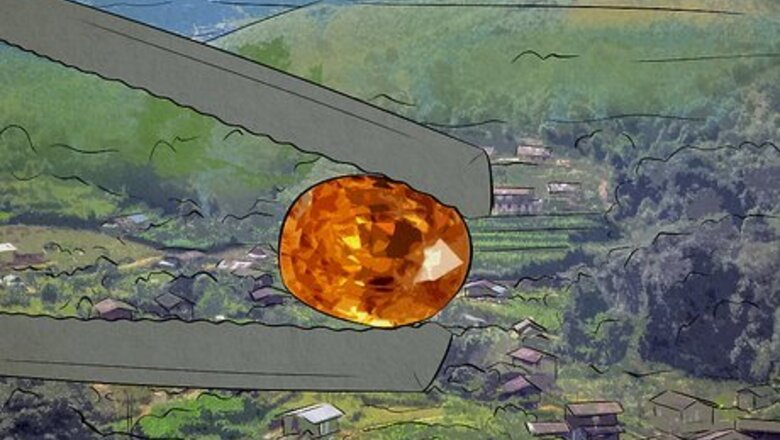
views
- Kyawthuite, an extremely rare orange crystal, was discovered in the Mogok region of Myanmar. There are only a handful of samples worldwide.
- Pennantia baylisiana is one of the rarest trees on earth. Only one tree exists in the wild, on one of the Tree Kings Islands just off the coast of New Zealand.
- The Blood Falls in Antarctica is a rare crimson waterfall that comes from a lake trapped in ice. When the iron-rich water is exposed to air, it rusts, appearing red.
Kyawthuite
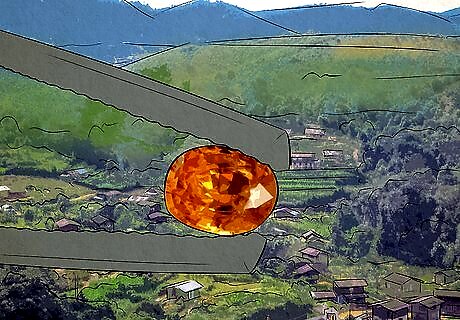
Kyawthuite, found in the Mogok region of Myanmar (formerly Burma), is a deep orange crystal that was only officially recognized in 2015, making it one of the rarest minerals on earth. The only sample ever found is a 1.61-carat gem that was thought to be formed in pegmatite. The gemstone was found in the bed of a stream by sapphire hunters in 2015 and is now kept in the Natural History Museum of Los Angeles County.
Pennantia baylisiana

This tree, known only by its scientific name, is one of the rarest trees on Earth. Only a single tree exists in the wild, on one of the Three Kings Islands off the coast of New Zealand. All other P. baylisiana trees were eaten by goats that were introduced to the island in 1889, making this last tree one of the rarest and loneliest in the world. In 2005, a team of scientists managed to raise 6 more trees that produced seeds and in 2019, they were attempting to reintroduce new saplings into the environment.
Dragon’s blood tree
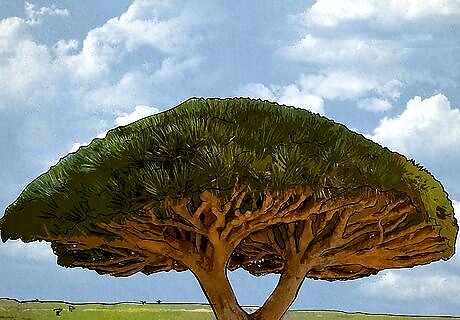
This other-worldly tree is only native to Socotra, a remote island 200 miles (320 km) off the coast of Yemen. Named after their bright red sap, dragon’s blood trees can live to be thousands of years old. Forests of these ancient trees have been wiped out by intense storms, goat herds, and climate change, making these trees some of the rarest in the world. The sap of the tree has been used by locals for its beautiful color and medicinal properties. Without replanting efforts, experts estimate that these beautiful trees will be gone in only a few decades from 2021.
Corpse flower
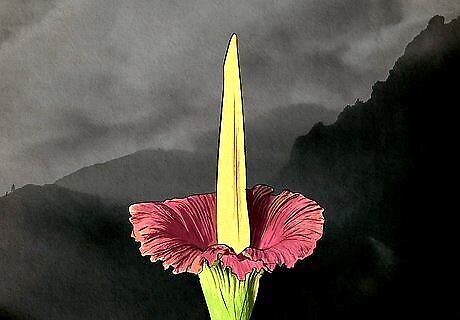
Native to the tropical rainforests of Sumatra, Indonesia, this 8 foot (2.4 m) flower only blooms for 2 to 3 days once every 1 to 2 years. When it does, it generates heat and releases a powerful stink that smells similar to the stench of rotten flesh, luring pollinators like carrion beetles and flies. Most corpse flowers live for 7 to 10 years before their first bloom. Once the flower blooms, it typically only stays open several hours until it closes again.
Diquis Spheres
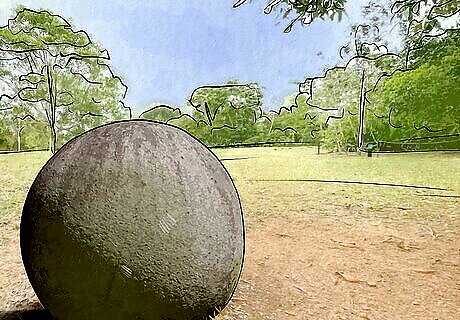
These mysterious spherical stones can be found in Costa Rica, measuring between 0.7 to 2.57 metres (2.3 to 8.4 ft) in diameter and weighing up to 32,000 pounds (15,000 kg). These monumental sculptures were believed to have belonged to an ancient civilization in the area, who ground the rocks into perfect spheres using only other stones. No one knows for sure when these stones were made, or what the cultural and symbolic significance of them are.
Nazca Lines
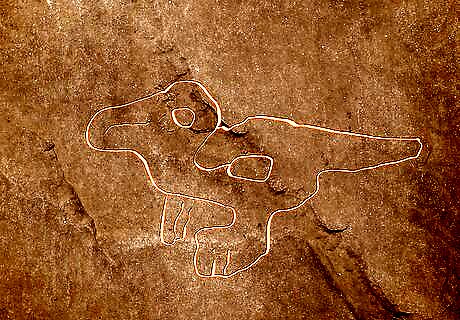
The Nazca lines are giant designs etched into the ground in the Peruvian coastal plain, about 250 miles (400 km) south of Lima. Created by the Nazca people, these lines are believed to have originally been a ritual to the gods to bring rain, but their true purpose might have changed over time. The designs of the lines are usually plants and animals, like a monkey, a killer whale, and a hummingbird, but also include geometric shapes like triangles, trapezoids, and spirals. The rocks that cover this desert are rust-colored, so the lines were made by removing the top 12 to 15 inches (30 to 38 cm) of rock to expose the light-colored sand underneath.
The underground city of Derinkuyu

The ancient city of Derinkuyu (or Elengubu) is a series of cave-like dwellings found 280 feet (85 m) below ground in Turkey’s Cappadocia region. The city is believed to have been constructed before 370 BCE and was carved out with shovels and pickaxes. As one of the largest underground cities in Cappadocia, it’s now a popular tourist destination. In 1963, a local man noticed his chickens disappearing through a gap in his basement, and after knocking down a wall, he accidentally discovered the sprawling city. The city was most likely originally used for the storage of goods but was then expanded and used as protection from foreign invaders during the Byzantine Era.
Lake Abraham’s frozen air bubbles
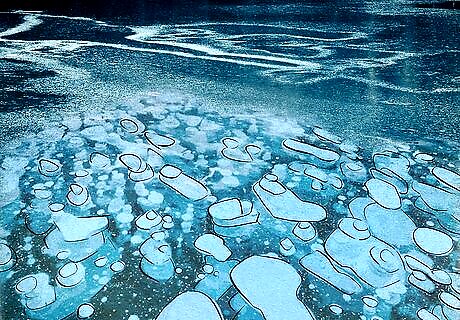
This man-made lake in Canada has frozen bubbles just under the surface that are actually pockets of methane gas made by bacteria munching on decaying plants and animals. Lake Abraham also sits against the Rocky Mountains, making it a perfect destination for tourists and avid photographers alike. Scientists research the methane bubbles in this lake and others up north because warmer temperatures may be releasing methane greenhouse gasses that contribute to climate change.
Blood Falls
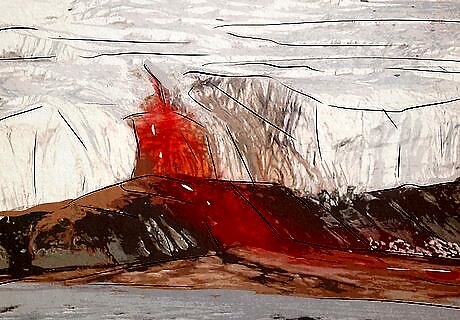
Antarctica’s rare blood-red waterfall isn’t actually made of blood. Instead, it appears as a rare crimson color because the lake it comes from has been preserved under salty ice for years. The lake is rich in iron, too salty to freeze, and has no oxygen. When the iron-rich water comes in contact with the oxygen in the air, it rusts, creating a disturbingly beautiful red color. Blood Falls can only be reached by helicopter from nearby Antarctica research stations or cruise ships visiting the nearby sea.
Australia’s pink lakes
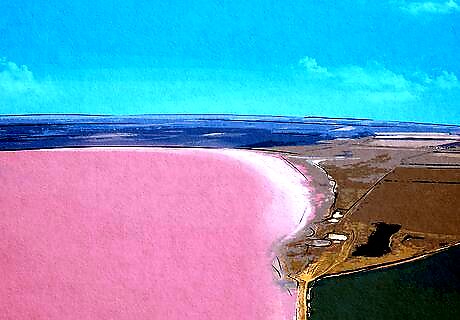
These unique bubblegum pink lakes in Western and Southern Australia don’t taste as sweet as they look—they’re actually as salty as the Dead Sea. No one knows for sure what causes their vibrantly pink color, but some researchers think it’s because of the pink- and red-colored salt-loving bacteria and algae that live there. Many of these lakes change color depending on the season, time of day, and cloud coverage. For example, Lake Bumbunga shifts between pink, white, and blue while Hutt Lagoon changes from red to pink, and even purple.
Sea of Stars
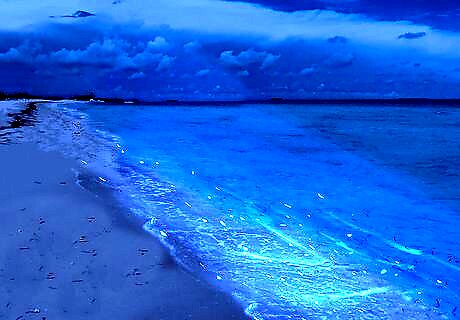
The “Sea of Stars” is a beautiful phenomenon in the reefs of the Maldives caused by bioluminescent glowing blue plankton. This unique and mysterious sight only happens when the water temperature, salinity, tides, and nutrient levels are just right. Witnessing the billions of plankton at the sea’s edge is a matter of being at the right place at the right time.
Buddha’s Hand citrons

A Buddha’s Hand citron is a citrus fruit that looks like a lemon with long, lumpy fingers. Originally brought from India by Buddhist monks and cultivated in ancient China, this hybrid fruit is served during the New Year as a symbol of happiness, wealth, and longevity. In the U.S., they’re only commercially grown in California. If you ever come across one of these crazy-looking lemon hands, you can slice it up and add it to your cocktail or add the zest to a vinaigrette or your favorite buttermilk waffles.
Rafflesia Arnoldii flower
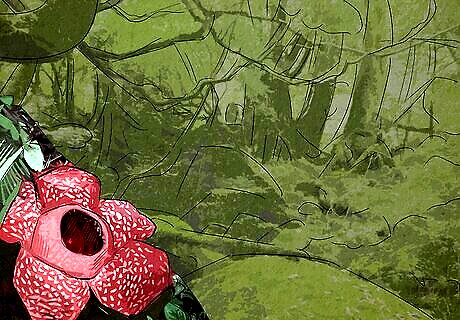
Native to the rainforests of Indonesia, this parasitic flower is well-known for being the largest in the world, stretching more than 3 feet (91 cm) across and weighing up to 15 pounds (6.8 kg). Rafflesia Arnoldii flowers bloom for only a little longer than a week and are designed to attract small carrion flies with the scent of rotting meat. There are only about 40 species of the flower in Southeast Asia, and most are under severe threat of habitat destruction.
White peacocks
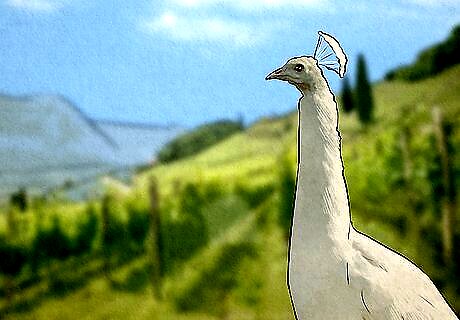
White peacocks have a rare genetic mutation called leucism that causes a lack of pigment in their feathers, but not in their eyes. Although leucism is an inherited trait, the position and pattern of the white coloring can vary or skip generations, which means seeing a white peacock in the wild may be an extraordinarily rare event. Leucism is often confused with albinism, however, an albino bird would have pink eyes, while a bird with leucism does not. Spiritually, white peacock feathers are often thought to symbolize rebirth, wisdom, and kindness.
Kaindy Lake underwater forest
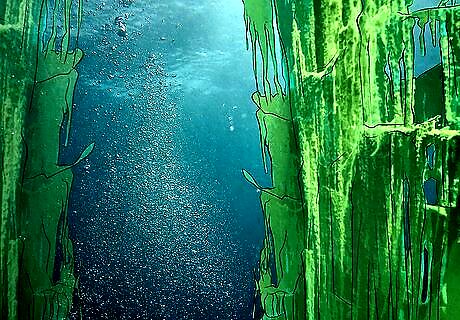
Kaindy Lake is a mountain lake in Kazakhstan, located close to the country’s largest city, Almaty. Formed after a 1911 earthquake caused a landslide, creating a natural dam, this lake is famous for the limbless, bleached spruce trees that stick out of the water. These trees and the beautiful turquoise water create a unique scenic underwater forest.
Bismuth crystals
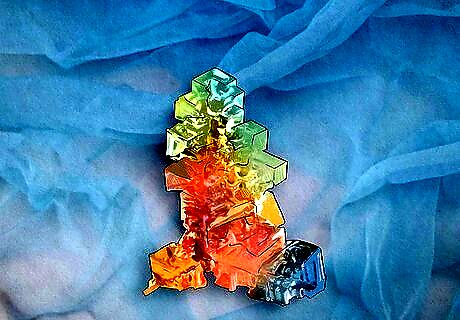
Bismuth is a somewhat rare crystalline white metal that melts at low temperatures. When it’s melted and cooled down, it organizes into cubes and creates a rainbow-colored geometric pattern. Bismuth has also been used for centuries in cosmetics and medicines to treat various diseases.
Rainbow eucalyptus
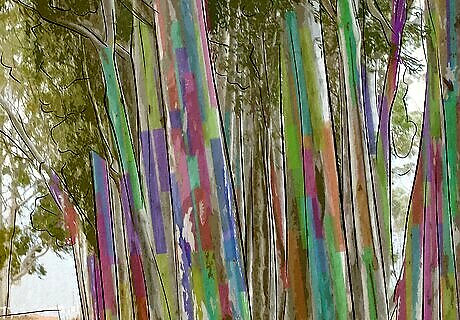
Native to tropical regions like the Philippines, Indonesia, and Papua New Guinea, these evergreen trees have a stunning secret. When they shed their bark, they reveal layers of color, including neon green, bright red, orange, pink, and purple. They also grow up to 250 feet (76 m) tall in their native environment, making them one of the most beautiful trees on earth. In the U.S., the rainbow eucalyptus grows in Hawaii and southern portions of California, Texas, and Florida. However, it only grows to a height of 100 to 125 feet (30 to 38 m).
Purple carrots

While most of the carrots we eat today are orange, the first cultivated carrots were purple and yellow. It wasn’t until a carrot geneticist with the U.S. Department of Agriculture started cross-breeding purple carrots from Syria that they started coming back into supermarkets. However, they’re still fairly rare and sometimes cost higher prices. No one’s sure how the orange carrot took over the others, but some believe that purple carrots fell out of favor because they might turn whatever else they were cooked with purple. One story says that the orange carrot was developed in the Netherlands to pay homage to William of Orange, but there’s no evidence to support this claim.
Ring galaxies

Only 1 in 1,000 galaxies can be classified as a ring galaxy, meaning they have a dense core of old stars with a ring of bright blue young stars around them. The first ring galaxy, Hoag’s Object, was discovered in 1950. How it formed remains unknown and only a few similar objects have since been identified and named as ring galaxies. Other ring galaxies include the Sloan Great Wall, which is around 1.5 billion light-years in length, and the South Pole Wall, which stretches 1.4 billion light-years across.


















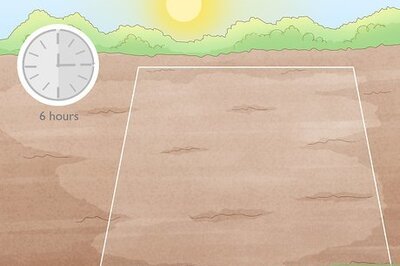

Comments
0 comment